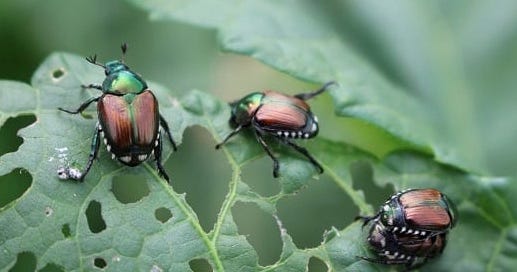Controlling Japanese Beetles, Roses for Everyone!
More info about Episode 133 of the Garden Basics Podcast, released Aug. 31, 2021
Keep reading with a 7-day free trial
Subscribe to Beyond The Garden Basics with Farmer Fred to keep reading this post and get 7 days of free access to the full post archives.



